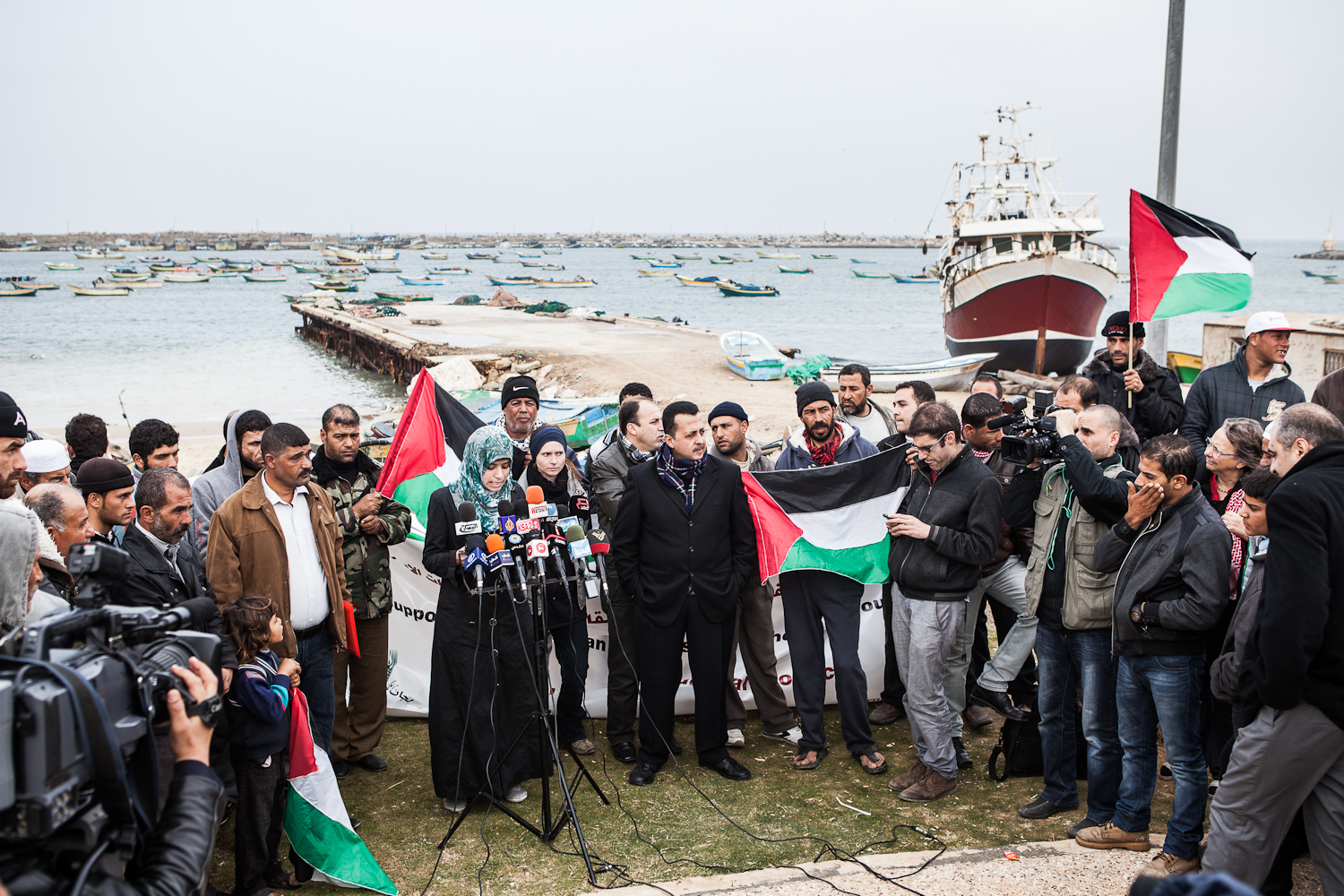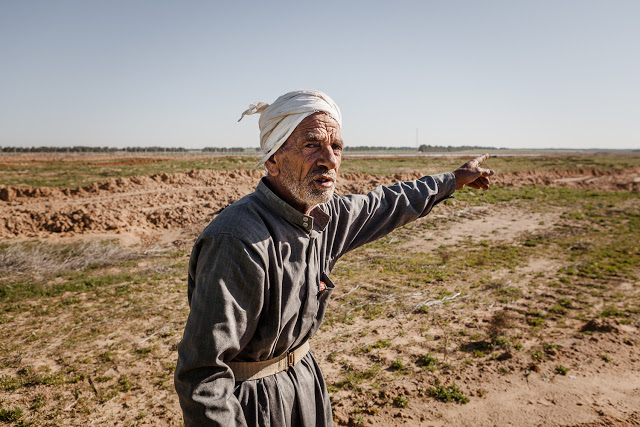Tag: Gaza
-
International Day of Action for the Boycott of Israeli Agricultural Products in Gaza
Wednesday, 6th of February, 2013 | Gaza Strip, Occupied Palestine Today´s press conference in support of Palestinian farmers and fishermen held in the port of Gaza City launched several days of activities leading up to the International Day of Action for the Boycott of Israeli Agricultural Products on Saturday 9th February. Speakers were from the…
-
The broken truce
21 January 2013 | GazaStories, Beit Lahiya, Gaza Strip, Occupied Palestine A ceasefire was announced on 21st November, ending eight days of horrific bloodshed in Gaza. Has the delicate truce held over the past two months? It depends who you ask. Israelis or Gazans, each going about their daily lives on opposite sides of a…
-
Bulldozing the ceasefire
15 — 17 January 2013 | Khuza’a, Gaza Strip, Occupied Palestine At about 8.30pm on Tuesday 15th January, Israeli tanks and military bulldozers breached the border adjacent to the village of Khuza’a, east of Khan Younis and intruded inside the Gaza Strip. The incursion into Palestinian farmland continued through the night and added to the long…


